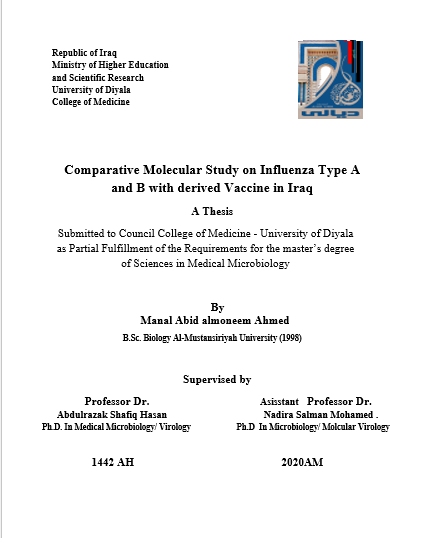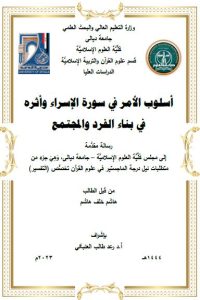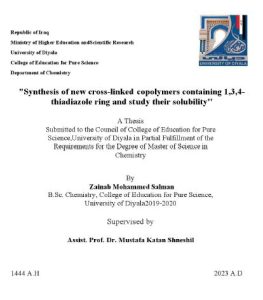Summery
Respiratory tract infection is the most common cause of illness, especially in developing countries. Influenza remains a major public health problem and an endemic respiratory disease in Iraq, therefore this study was conducted to identify the influenza virus (IV) subtype existed, by using advanced methods for diagnosis. A cross sectional study was conducted in Iraq from January 2019 to February 2020.
The study population consists of 2515 nasopharyngeal swaps taken from a hospitalized patients suffering from acute respiratory tract infection, stored as frozen at -70 °C until used for RNA extraction, then submitted to revers transcription Real-time polymerase chain reaction (RT-qPCR) to detect human IV, and IV genotypes among the study population. The positive samples were submitted to conventional PCR for Hemagglutinin gene flanking region amplification using design primers, for subtyping after sequencing and sequence data alignment. The Molecular study was carried out to identify the (IV) surveillance showed (33.44%) of tested samples were found positive to the influenza virus including two types A 25.45% , and B11.96%. influenza A subtype which contains H1N1 17.41%, and H3N2 4.05%, and Type B was represented of positive infection. These findings indicated that subtype H1N1 is the dominant strain in Iraq. The age group under 15 years old is considered the most vulnerable to contracting Influenza type A H1N1 25% and type B viruses (40%) followed by the age group 30-45 years old. On the other hand, the age group 15-30 recorded the highest infection rate 25% out of the total H3N2. In addition to that, the study detects a non-significant percentage to the age of over 75 years to all types and subtypes.
Baghdad has the high significances incidence of influenza Type A, and B with the rate 65.92%, and 52.16% respectively of the total tested cases, followed by Dohuk Governorate by rate 7.2%, 11.96% respectively. Infections of influenza A subtypes H1N1, and H3N2 were distributed differently among governorates, as the subtype prevailed H1N1 in the governorates Baghdad, Dohuk 5.7%, Diyala 6.84%, Salahaddin 2.05%, TheQar 1.83% respectively, while the subtype H3N2 prevailed in the governorates Anbar 30.4%, Baghdad 17.2%, Erbil 14.70%, Dohuk 13.72%, Basra 9.8/5, Diwaniya 2.94% respectively. The epidemic spread of the virus showed earlier primary peak began from October until the end of February, an increase in infection rates rising in the winter months in both the types Influenza type A with the highest peak in a December, and a decline in the summer of type B and a decrease in the subtype H2N3.
Amplification of hemagglutinin gene flunking regions produced bands were sized (833bp 1266and 599 bp) respectively. Two sequences were determined as Influenza A subtype H1N1 when compared with reference isolates from NCBI. It turns out, that it is not due to Influenza type A subtype H1N1pdm2009 epidemiological isolation, but rather closer identical 99% to USA and Europe seasonal Influenza type A isolates 2019-2020, and the Seq2 located along with Asian linage such as India, Agwanghi in china. Indicated Influenza B subtype Victoria. The sequenced Hemagglutinin gene showed 4 single nucleotides polymorphism substitution (snp) (C>T, G>A, C>T, C>T) in H1N1, and 4snp in position (C>A, C>T,G>A,G>T). The season’s vaccine 2019-2020 includes strains for influenza A H1N1, influenza A H3N2, and 2





